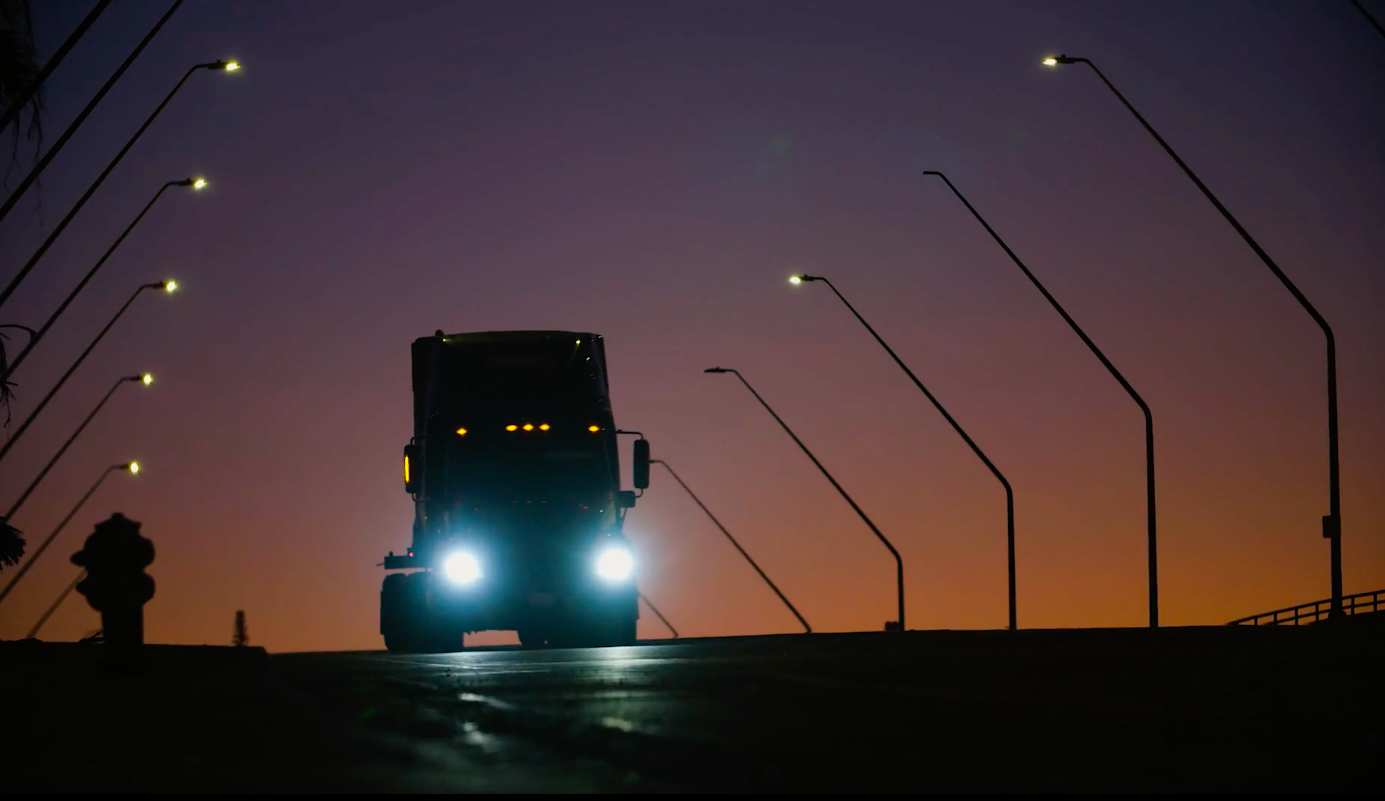The European Union has signed off on new rules meant to clean up the heavy transport sector. These new standards could make a big dent in the emissions output of vehicles like trucks and buses.
Europe’s transport sector has a problem that other parts of the economy do not have: greenhouse gas emissions are still climbing.
In power generation, renewables are pushing polluting fuels out of the energy mix, while efficiency gains are also preventing emissions from rising. Building renovations mean fewer leaky buildings. Heavy industry is investing in clean tech.
But transport has not cracked the green code yet. Cleaner vehicles are being rolled out but increased demand is wiping out most of those gains. That dynamic is particularly clear in road transport.
The EU has deployed a number of rules and regulations meant to halt that climb and start neutralising transport emissions. Engine standards will see new petrol and diesel car sales halted after 2035 and charging infrastructure targets are now on the agenda as well.
Earlier this week, national governments signed off on new decarbonisation targets for heavy duty vehicles like trucks and buses. Although only making up a very small percentage of total road transport numbers, large vehicles account for nearly a quarter of emissions.
The new legislation sets a 45% emissions cut target for 2030 and a 90% benchmark for 2040. It is a serious bit of policymaking, given the size of the problem facing the energy transition.
Hydrogen has been touted as an option for heavy vehicles but the costs of lack of infrastructure are a massive obstacle, while drop-in options like biodiesel still have legitimate environmental concerns as they still emit carbon.
Next-generation e-fuels, which spin green hydrogen with carbon captured from the air, are theoretically a contender as they too work in existing engines and can claim to be carbon neutral. But they are extremely expensive and will likely be snapped up by other sectors, like aviation and shipping.
That is why heavy-duty road transport looks more and more likely to be heading down the same road as light cars and vans: electrification.
Urban buses will have to be completely zero-carbon by 2035, which is particularly good news for cities, many of which are already firmly on course to update their bus fleets with mostly electric replacements.
Go back just a couple of years and all this would have seemed extremely ambitious or even impossible, as heavy transport – particularly trucking – was until recently seen as one of the ‘hard to abate’ sectors, where electricity would struggle to make a dent.
Despite those reservations, the industry is pressing forward. Big manufacturers are starting to offer more battery-powered models and, as ever, China is looking to take the lead and be an early adopter of e-trucking.
That is one side of the equation, the other is infrastructure. E-chargers are starting to be rolled out across Europe for passenger cars but heavy transport needs more juice and a place to park.
This week, power services provider PragmaCharge announced that it will build an e-truck charging hub at the Port of Valencia in Spain, where 40 logistic companies are based and 500 trucks operate on a daily basis.
There will be secure parking for 60 trucks and enough fast chargers for 40 vehicles. PragmaCharge says the chargers will be able to recharge trucks within 45 minutes, which corresponds with the mandatory rest period that drivers require under EU rules.
Therein lies the secret to success for decarbonising heavy transport: planning and behaviour management. Buses will be easy as they have set routes and timetables, meaning operators can easily plan where and when they can be recharged
For trucks, it is less straightforward but not impossible to manage. Most trucks depart from big hubs where chargers can be installed. So long as there are enough chargers at key points along freight corridors, drivers can plan their journeys without issues.
Secure parking at the halfway point of a trip, a decent cafe to get some food and a coffee, plus maybe comfort facilities like a shower, and you have got yourself a viable solution for charging wait times.
If infrastructure planners get it right, then hundreds if not thousands of extra jobs can be created to run these hubs, perhaps bringing back the glory days from childhood of motorway service stations.
EU rules are looking to make that a reality as the alternative fuel infrastructure directive recently came into force. It sets a number of targets and objectives for chargers that will obligate national governments to invest appropriately.
Make no mistake, heavy transport is way behind passenger cars in the race towards decarbonisation. But the fact that truck owners normally hang on to their vehicles for much longer than motorists keep their cars means that once they choose e-trucking, they probably won’t be going back.
Want more updates and analysis of what is happening in the world of energy and climate? Interested in finding a job in the sector or more information about public tenders? Sign up to our Energy Rundown newsletter here!

